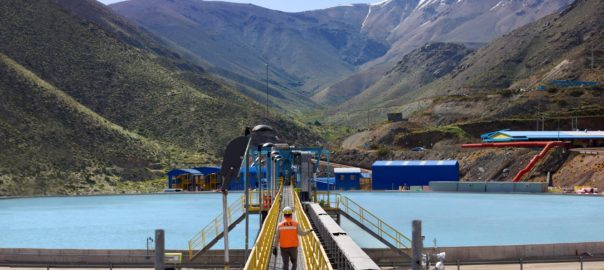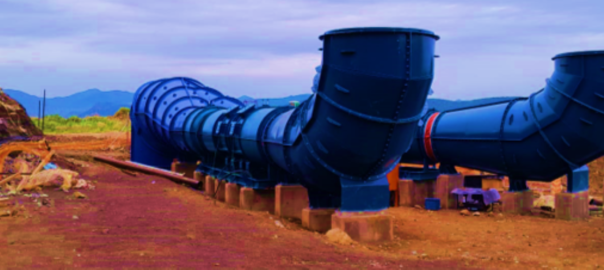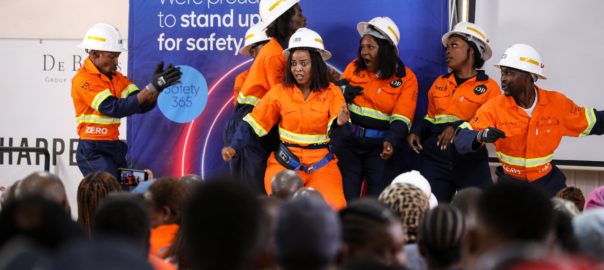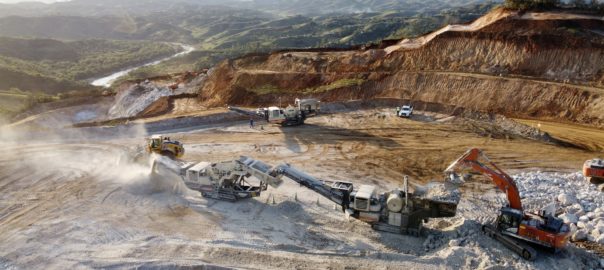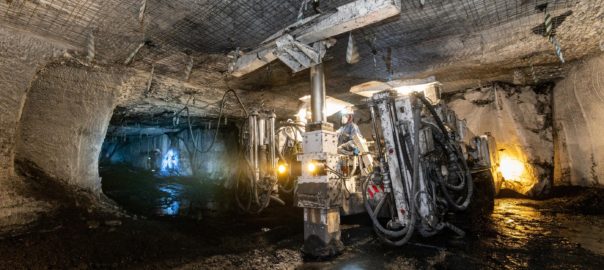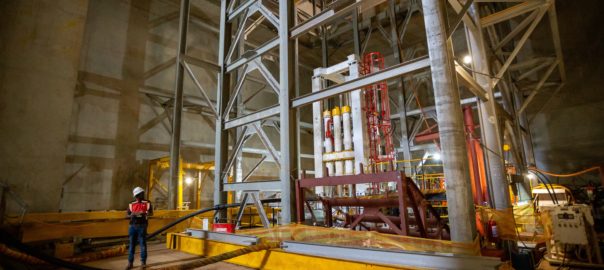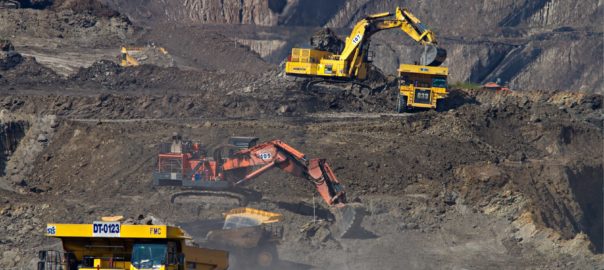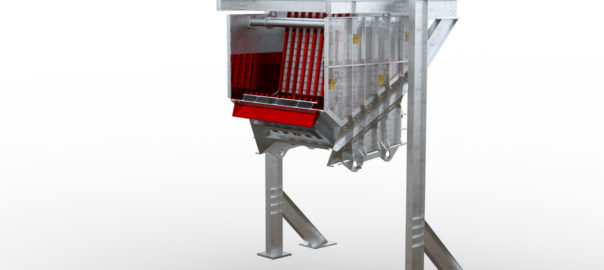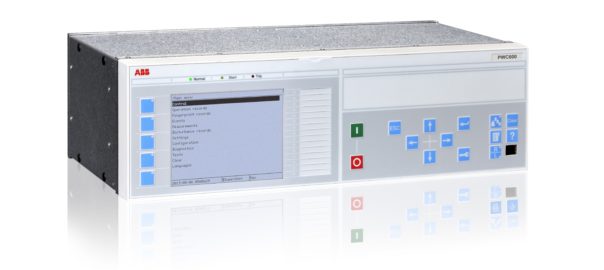Supporting mining in achieving its energy, water and emissions reduction goals, FLS says it is evolving its regional strategy for even greater impact.
Mining customers are to benefit from the stronger regional capability being developed by FLS, which is making the company even more responsive to customer needs, the OEM says.
This is one of the key outcomes of the company’s strategic evolution underway, according to Bernard Kaninda, newly appointed FLS President Sales and Service for Europe, Middle East and Africa (EMEA). As a leading full flow sheet technology company, FLS occupies a distinctive place in the market, he says, giving it a special relationship with customers.
“Being a partner through all their mineral processing requirements, FLS walks with customers throughout the lifecycle of a comprehensive range of equipment and solutions,” he says. “This engagement gives us greater impact in helping the mining industry achieve its sustainability goals.”
FLS aligns itself with industry imperatives by committing to energy and water reduction targets, and committing to reach zero emissions by 2030. To achieve these goals, Kaninda says, it was imperative to further grow the region’s capability – shifting from the previous regional definition which comprised sub-Saharan Africa, Middle East and Southern Asia to a more cohesive EMEA region.
“We believe the move to an EMEA region will better create the capabilities we are looking for, combining the strengths of Africa and Europe, and our learnings in the Middle East,” Kaninda explains. “We expect to be able to respond more quickly with services, spares and equipment, and are building local resources to achieve these improvements.”
The focus on communication and partnership is being fostered through clusters within the region, which are empowered with adequate resources for quick response times and effective support for end-users.
“As a partner that tailor-makes solutions for our customers, we go further by guaranteeing the performance of that equipment,” Kaninda says. “This means being able to respond effectively as and when the situation demands, so we need to be in close proximity to the customers’ sites – and very familiar with the conditions they experience.”
The clusters in Africa ensure a strong presence in Southern African countries – including South Africa, Zambia and the Democratic Republic of the Congo – as well as West Africa and North Africa. These are areas where FLS already has a significant footprint of equipment in operation.
“The mining sector is dynamic, however, so we are constantly expanding our equipment footprint and will be establishing a presence wherever we have a significant installed base,” Kaninda says. “It has always been a matter of pride for us that FLS customers will receive the same close attention irrespective of where they are around the globe.”
Streamlined logistics are an important aspect of the strategic shift, which will reduce delivery times through better availability of inventory in-country. Teams in the clusters will also facilitate faster access to service and parts.
“We are also committed to the communities in the regions where we operate, and are increasing our local employment as we develop our presence in different countries – especially in Africa,” Kaninda says. “We believe in building local capability and this is visible in our teams, in which 90-100% of staff are already local in the various clusters.”
These teams are supported by specialised training provided by facilities such as the FLS Training Academy at the Chloorkop service centre in South Africa. This well-equipped regional training hub underpins ongoing skills transfer to build the company’s skills base and succession pipeline, he says, ensuring all customers receive the same FLS experience. So successful is Chloorkop’s model of combining technical services with training, that the company plans to replicate such a facility in the Middle East.
“This will allow us to upskill youth and enhance our positive economic and social impact on the community,” he explains. “There is no reason why we shouldn’t even look at another such centre in Africa, as there is growing demand for artisans and other specialised skills.”
Africa remains vital as a provider of mineral resources for the transition to a lower carbon future, concludes Kaninda, highlighting that FLS will continue to partner with customers so that mining itself becomes more responsible to the environment and community.







